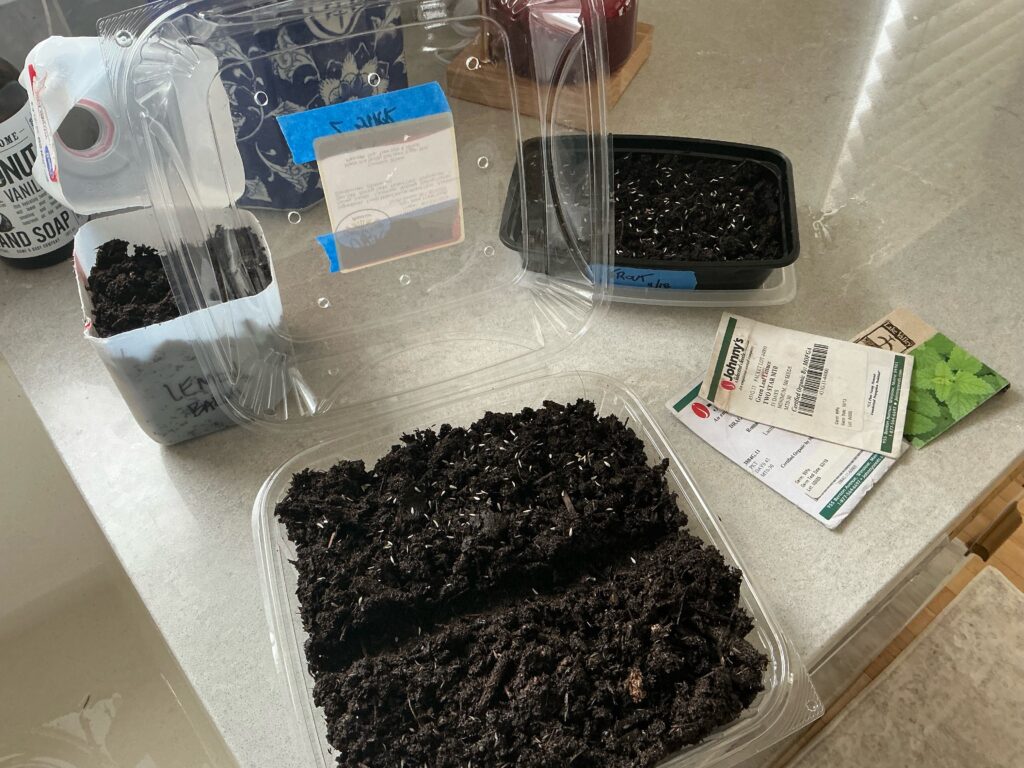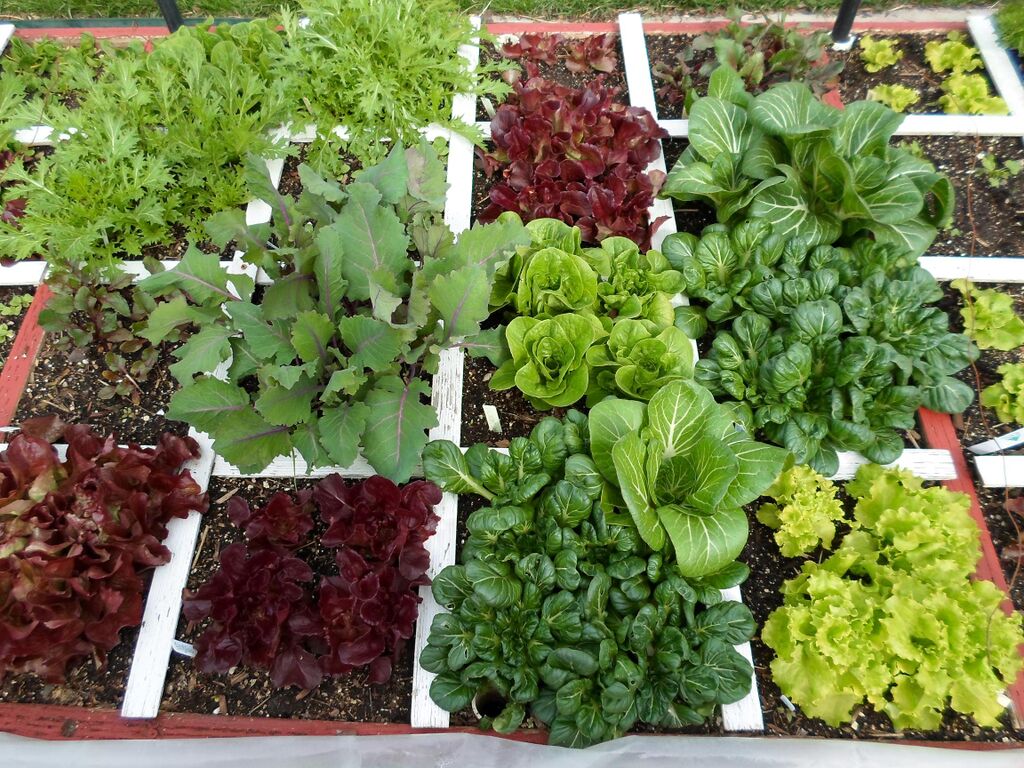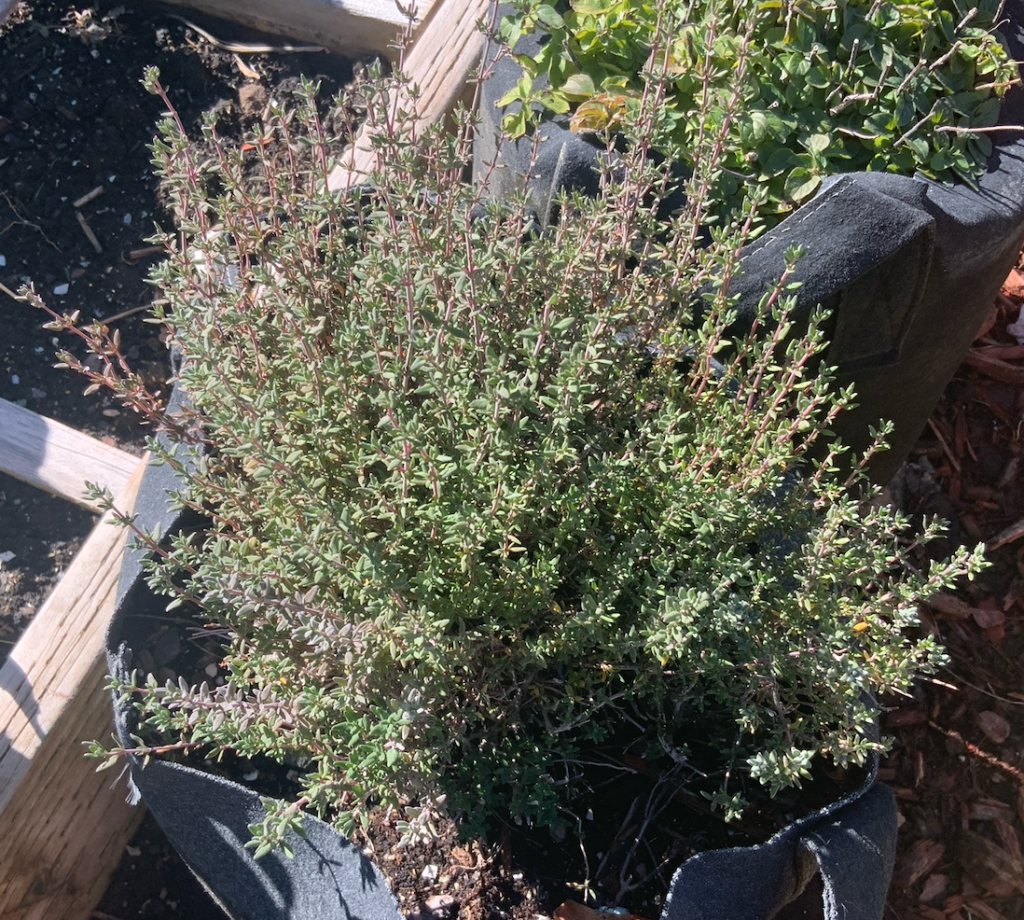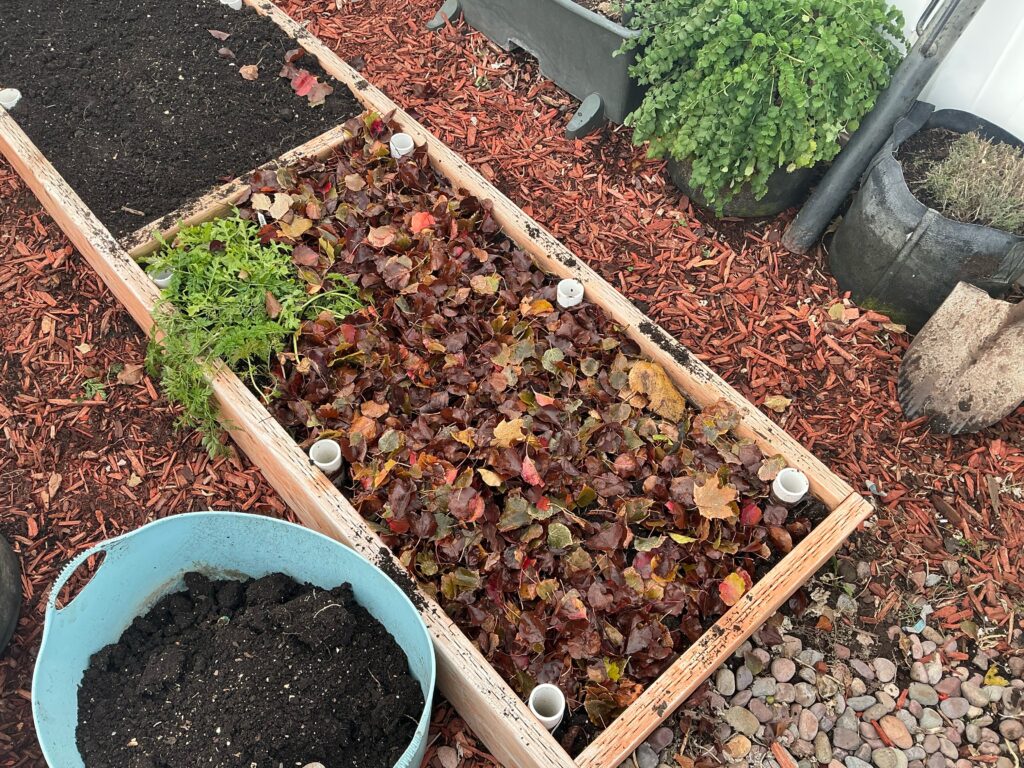
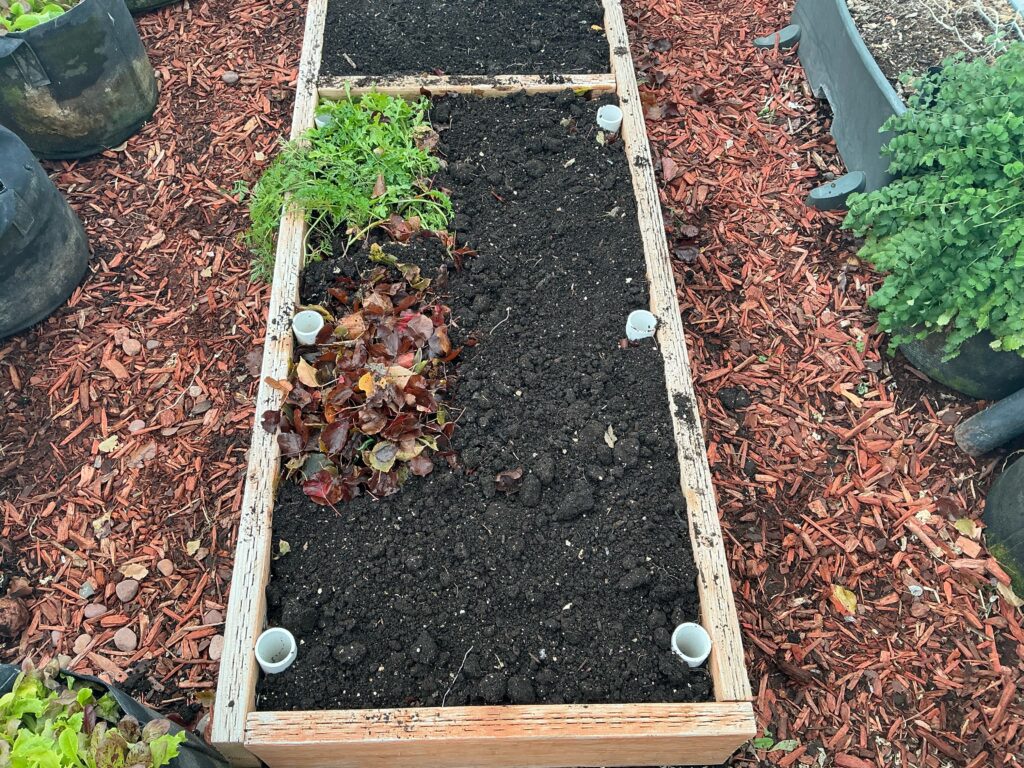 Best time to clean up your gardens and to set yourself up for success next spring. This simple method has served me well for decades.
Best time to clean up your gardens and to set yourself up for success next spring. This simple method has served me well for decades.
The first thing I do is remove a few inches of soil in the bed. I then take a pitch fork and loosen the entire box. I always noticed the increase in soil volume when you fluff things up. No matter how good you care for your garden, you always end up compacting your soil to a certain degree. I then layer a healthy amount of leaves and then cover with the soil that was previously taken out. I level the bed and call it good until early spring.
I will mulch with a heavy layer of leaves around the roots of Brussel sprout plants-which will start to regrow in the last week of January. Surprisingly, they make it right through winter without any protection. I will have delicious Brussel sprouts by mid-spring. It’s really good timing because our summers a too hot for too long for them to be grown successfully. Right now they are hibernating between now and the end of January.
I also mulch on top of the other root crops. For potatoes, I don’t leave them in the ground for too much longer because they’ll end up getting soggy. Or, some of the soil critters may get them. They’ve been in the ground since early spring and that’s a long time. Garlic, carrots, parsnips, and onions are all topped with mulch. I leave the arugula alone because I come out and harvest that throughout the winter. Arugula, harvested as a baby leaf and grown in cold weather, is a a total different eating experience. Gone is that spicy edge. You still taste it in your salad, but it’s much different.
All my herbs are grown in grow bags. I cut them all back and then top each with a layer of mulch. By spring, you can see green starting to appear at the base of each plant. I don’t even bother to cover the grow bags. I leave them out in the elements. I do leave a grow bag each of thyme, oregano, and rosemary alone. These will be protected, outside, under floating row cover and plastic. That way I have a supply of what we need throughout the winter.
For a section of my garden where I have 75 carrots (in 3 square feet) in the ground for winter, I will put bags of leaves (turned upside down so water doesn’t get in from the top of the bag) right over the carrots. This way I have a place to store some bags of extra leaves and protect my carrots at the same time. The fun part is I can go out to the garden at any time in the winter, pull back the bag of leaves, and pull out carrots. The ground doesn’t freeze under the bags. You will never have better tasting carrots.
My gardens are now set for winter. I have plenty of finished compost that’s stored until ready to use in spring. When it’s time to begin planting, I won’t find any leaves. They’ve been completely broken down and have significantly added to the tilth of the soil.
I do have a 4X16′ square foot garden bed that’s used for my winter garden. This is our refrigerator that holds food until needed. That’s a post for another time.
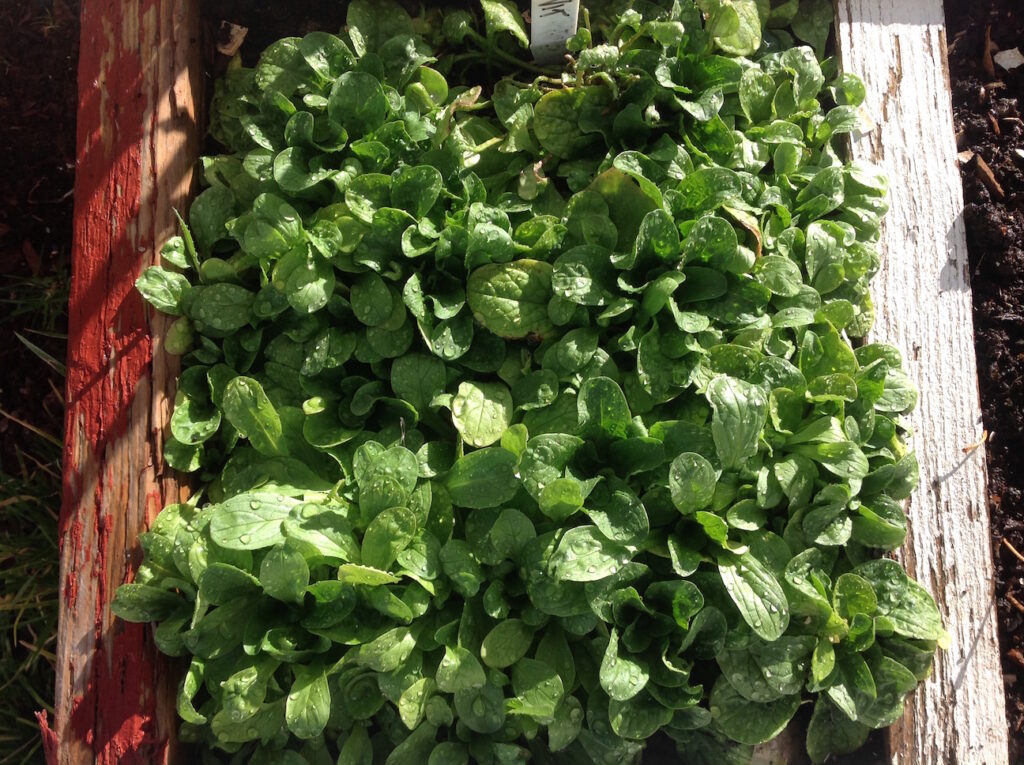 This is such a great and tasty gem that many in the U.S. are not familiar with. I finished teaching a class last night and ended up having a discussion with a couple of the attendees. Somehow we ended up talking about things being harvested during the winter season and I mentioned “mache.”
This is such a great and tasty gem that many in the U.S. are not familiar with. I finished teaching a class last night and ended up having a discussion with a couple of the attendees. Somehow we ended up talking about things being harvested during the winter season and I mentioned “mache.” 
